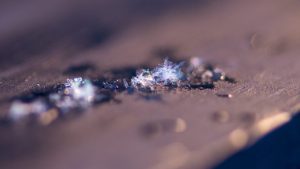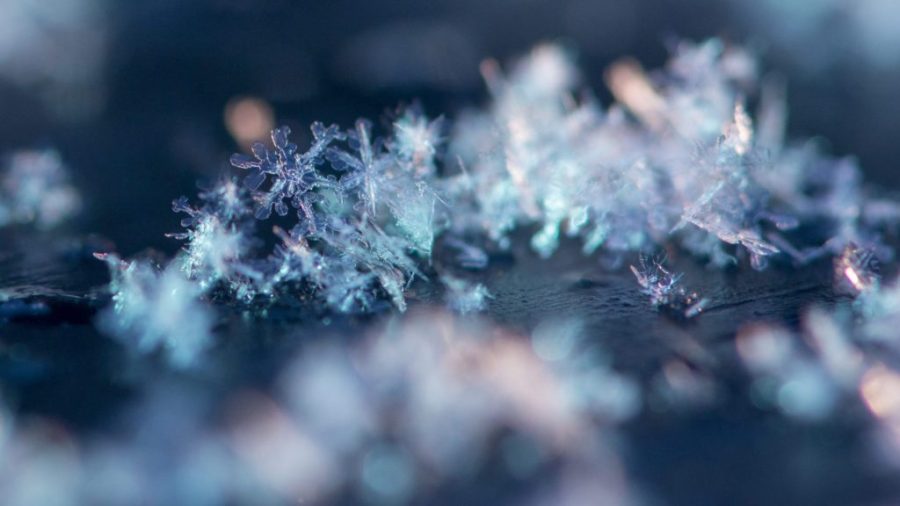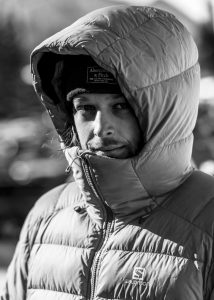The best aspect of winter in Utah is the greatest snow on Earth. People travel all over the world to experience some of the greatest terrain provided by the Wasatch Mountains. In the winter, there are locations that receive upwards of 50 feet of snowfall in a season. It’s no wonder thousands of people travel to Utah to engage in the plethora of snow sports available. One of the most interesting things about snow, however, is snow itself. The variety and types of snow seem endless. There is even a subject known as snow science, which you can earn a degree in through Montana State University. As beautiful as snow is, there is so much we don’t know about it. This is what makes photographing snow and snowflakes that much more special.
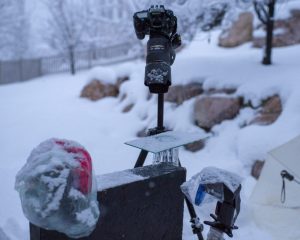
Photographing a snowflake comes down to having the right kind of gear. Since the first photographs of them in 1885, taking a photo of a snowflake has become significantly easier. You no longer need to attach a microscope to your camera, and you no longer have to wait until the film is processed to see whether or not you captured the perfect photo. Today, taking a photo using a DSLR allows anyone to get great photographs. Even with modern gear, there are a few things you will need to get a great shot.
First, you will need magnification. Snowflakes are really small. The average snowflake ranges in size from a few micrometers to a few millimeters. To get this magnification, it is necessary to use a macro lens, which allows you to shoot close-up photography and make objects appear greater than life-size without having to perform any significant zoom — all of the magnification is in the lens. To get even greater magnification, use an extension tube to help you push beyond the limits of your lens. An extension tube physically extends the lens further away from the body of the camera, allowing you to adjust the focal length for increased magnification.
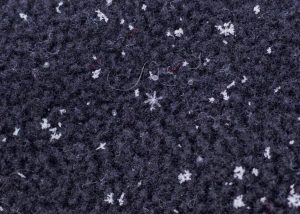
Second, you will need an old piece of dark fabric. The idea is to have a material that is dark in color to contrast the color of snowflakes. It is also used to catch the snowflakes as they fall. The frayed fibers of an old fabric will catch a snowflake and suspend it above to prevent heat from being transferred that would otherwise melt the snowflake. Snowflakes that land on metal surfaces, for instance, would turn into a water droplet instantly. Try using colors other than black to help bring out the beauty of each snowflake, but make sure to keep the color dark.
Third, it is important to have good lighting. Almost always use some sort of external light source. Providing your own light helps you capture the exact photo you are looking for. It is rare that you will get a photo of a snowflake when direct sunlight is present, so using an external light source will help bring out the elegance of the individual branches and their reflectivity to light.
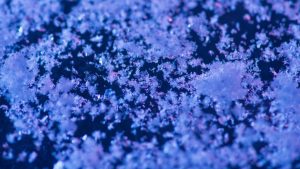
It’s important to note that taking photos of snowflakes requires a lot of practice. First, you have to wait for snow, and not every snowstorm produces the picturesque snowflakes we commonly envision. It will take a lot of patience as well as keeping warm in the cold, but with luck maybe you can be the first to find two snowflakes that are alike.
